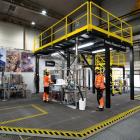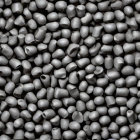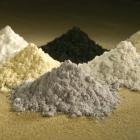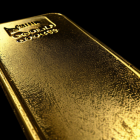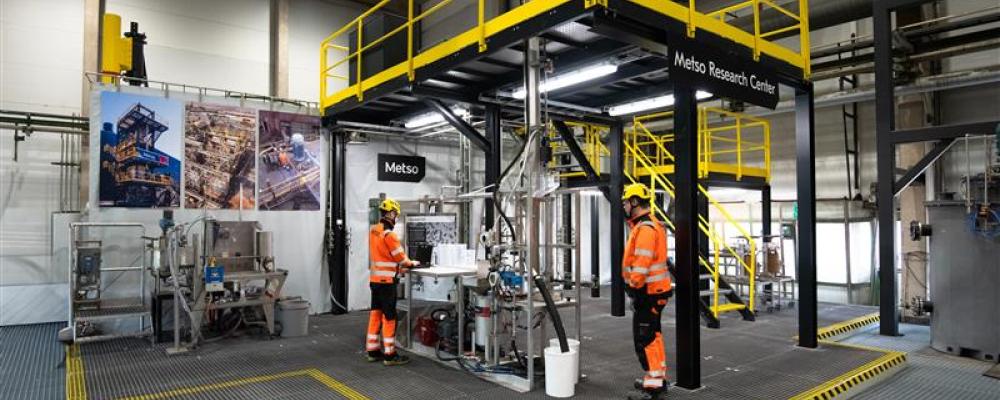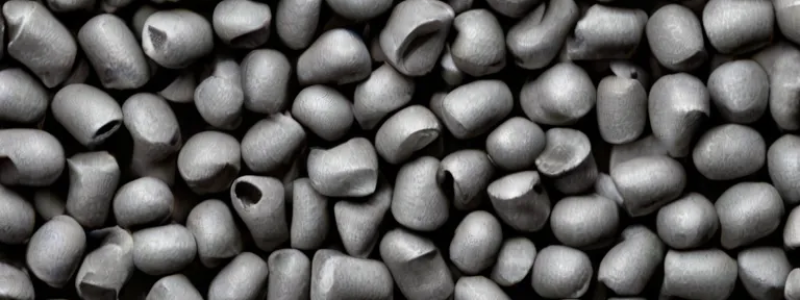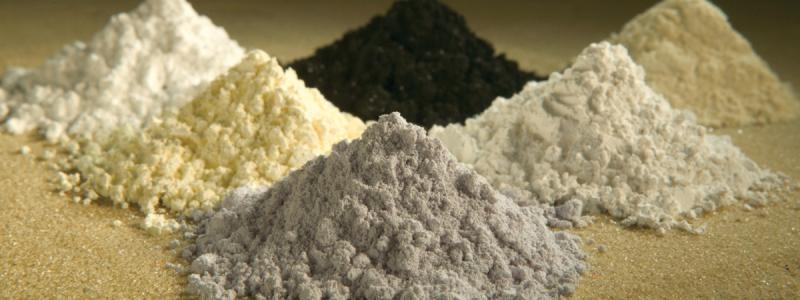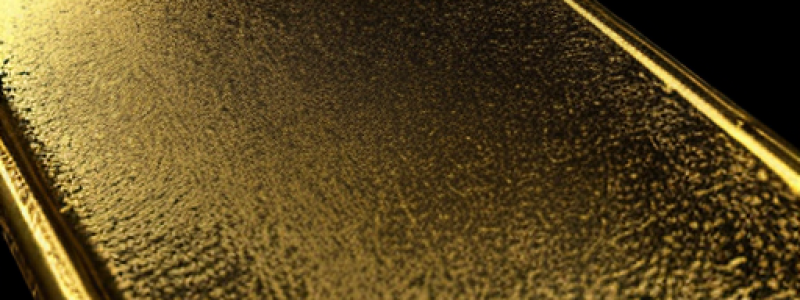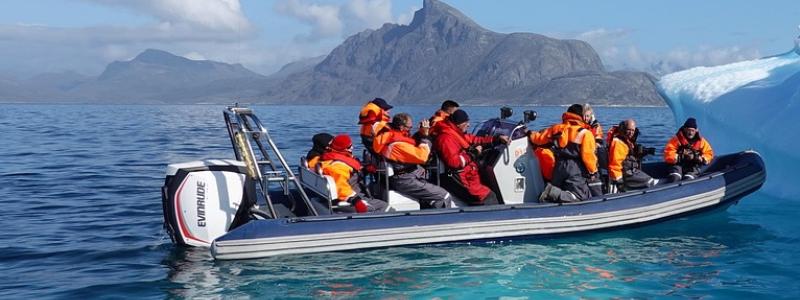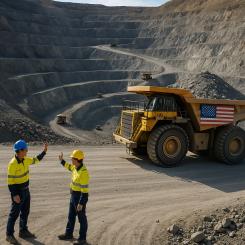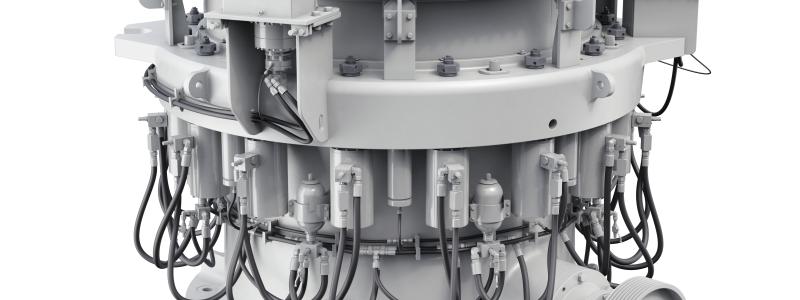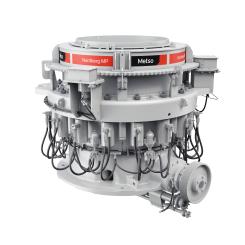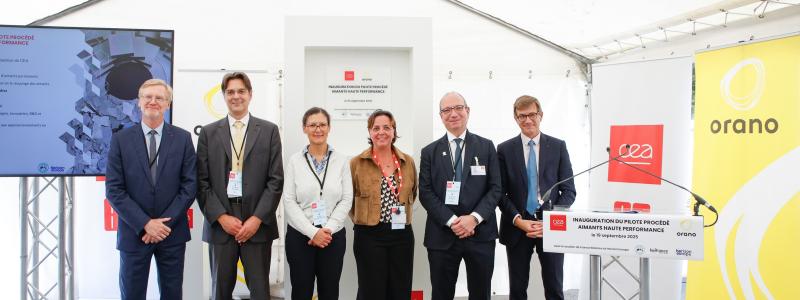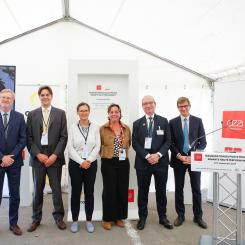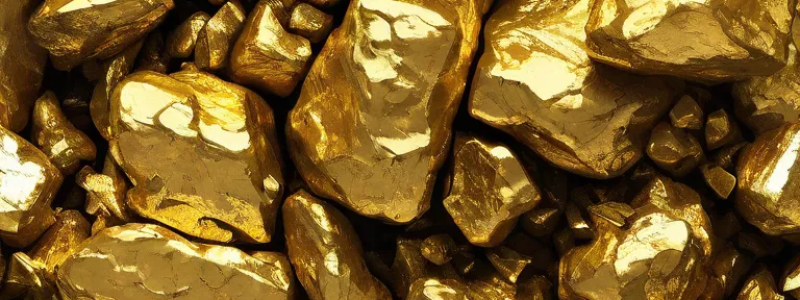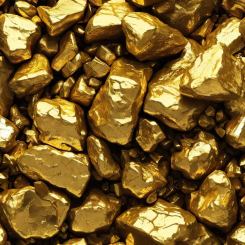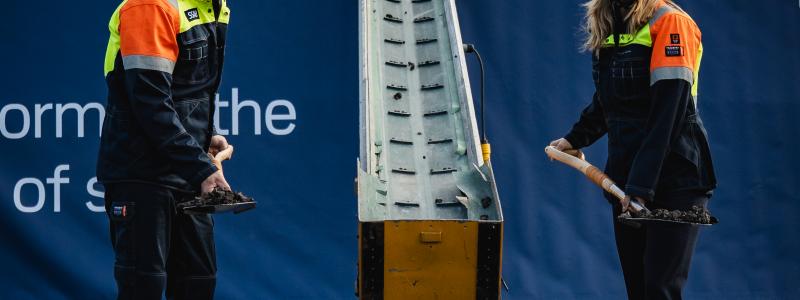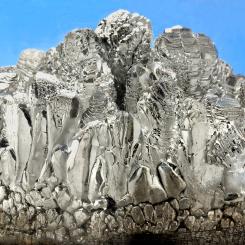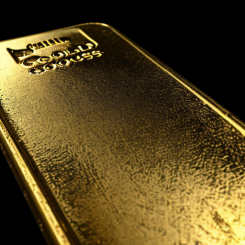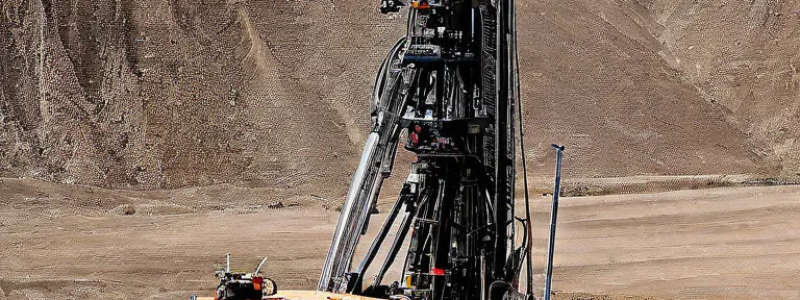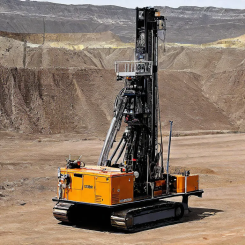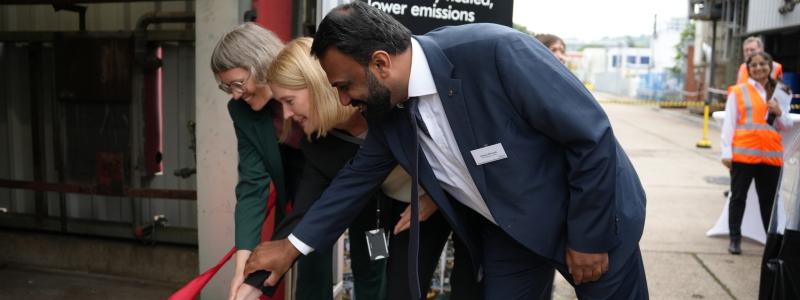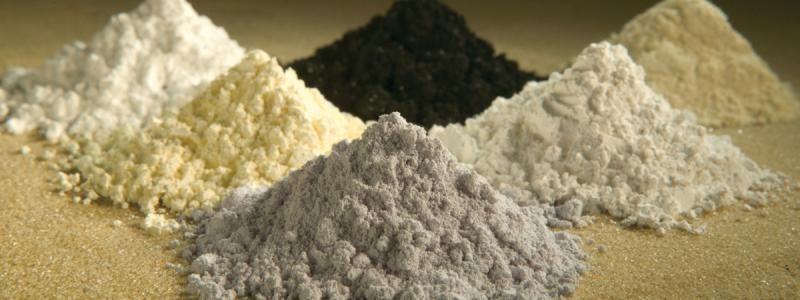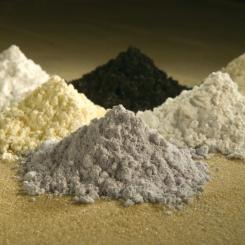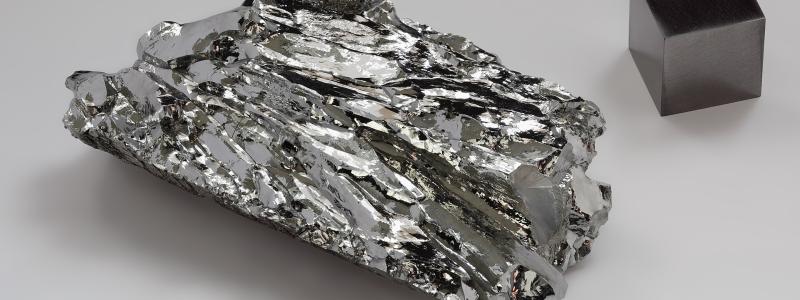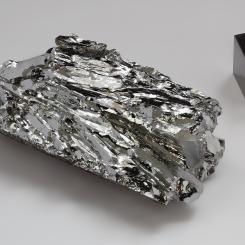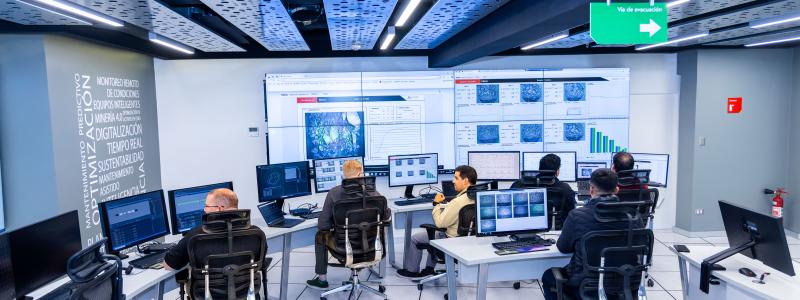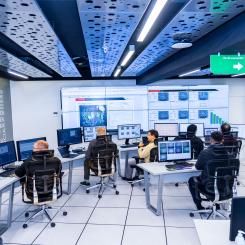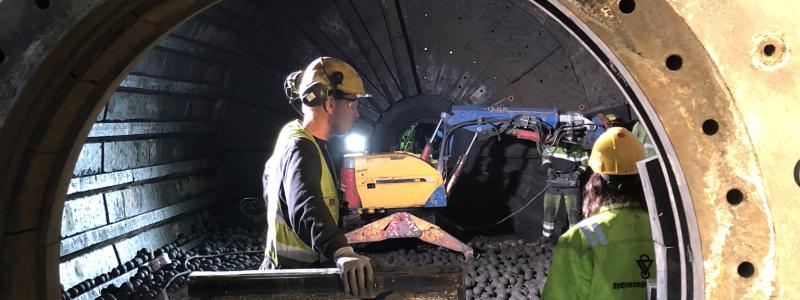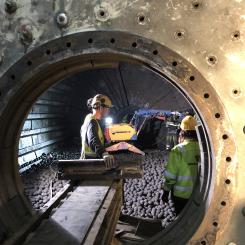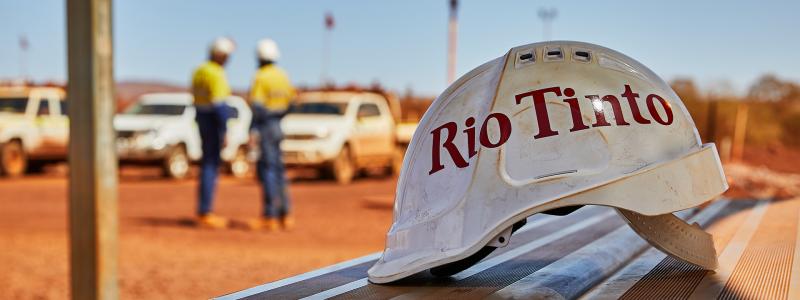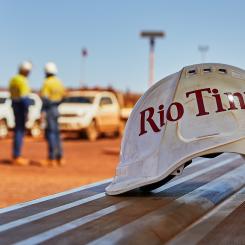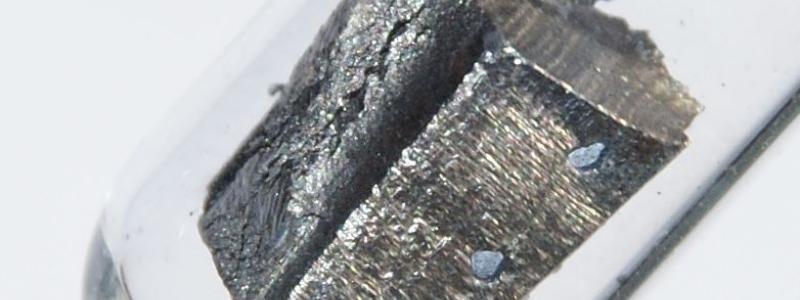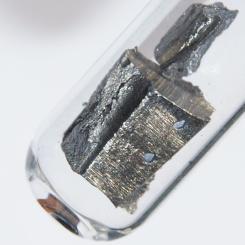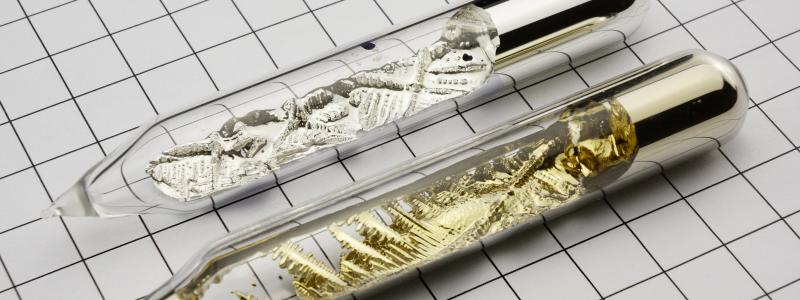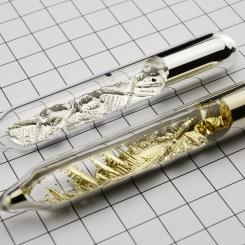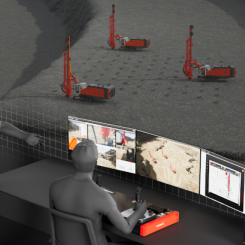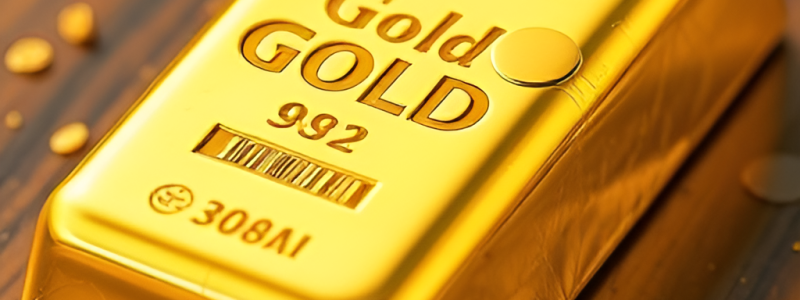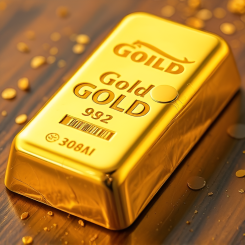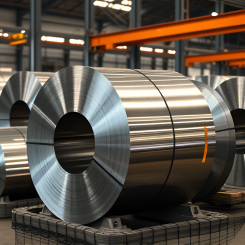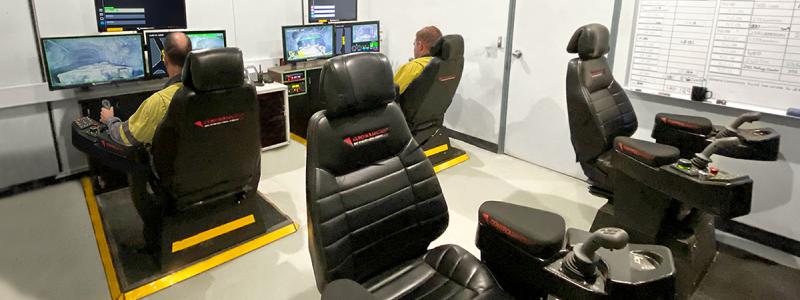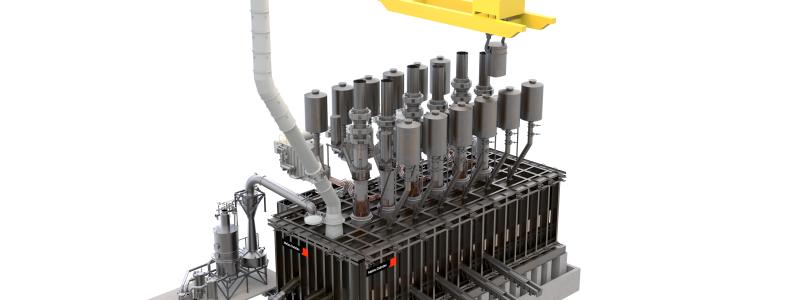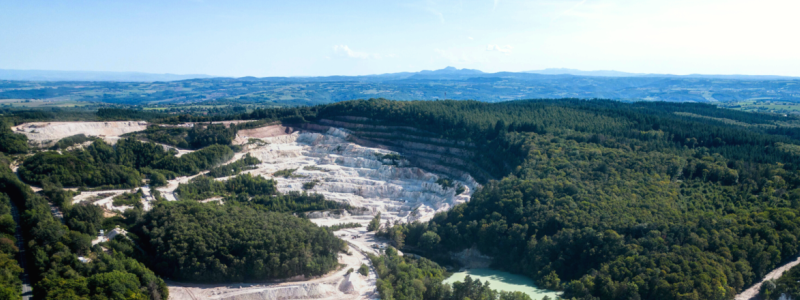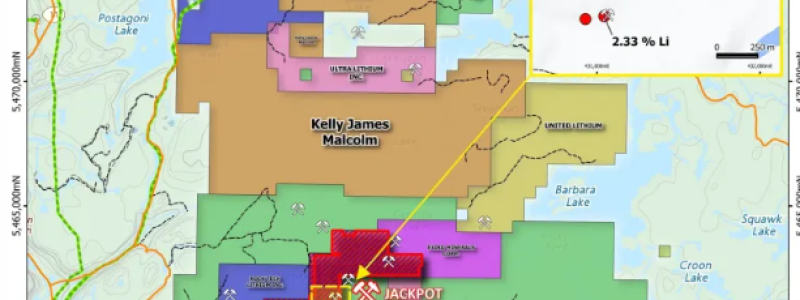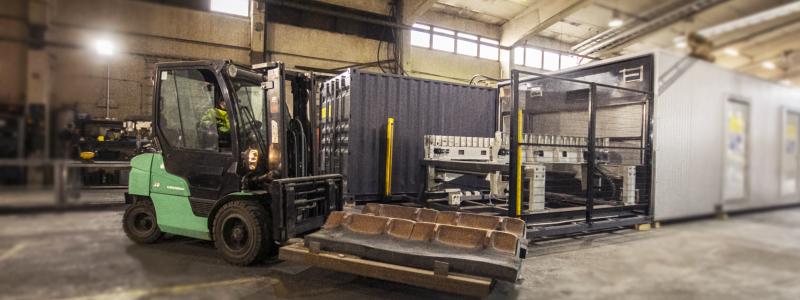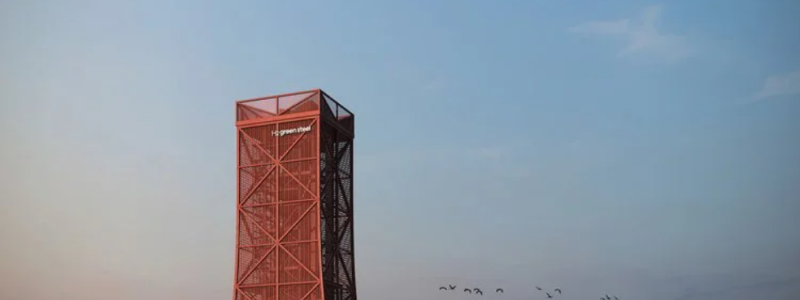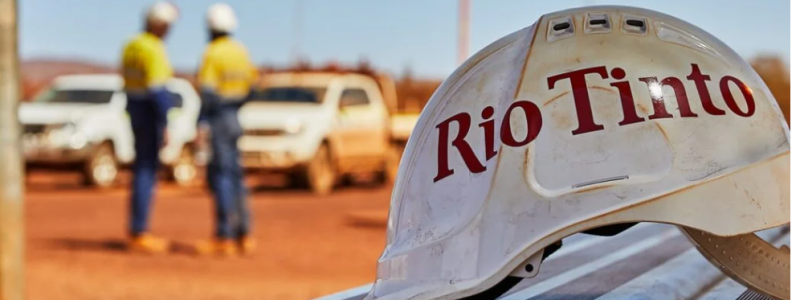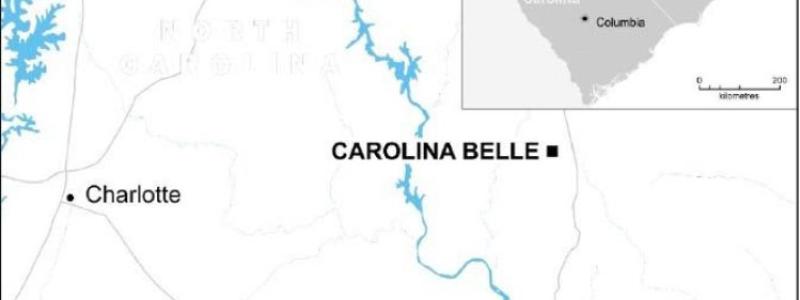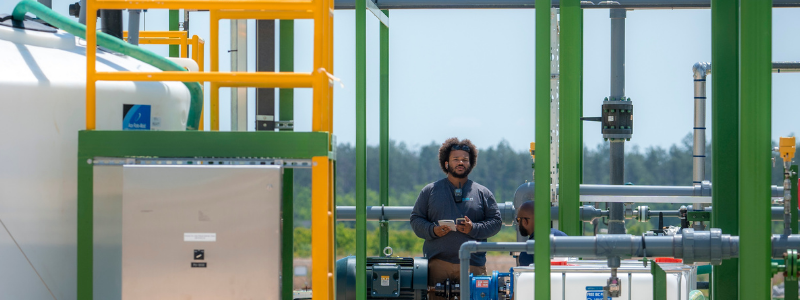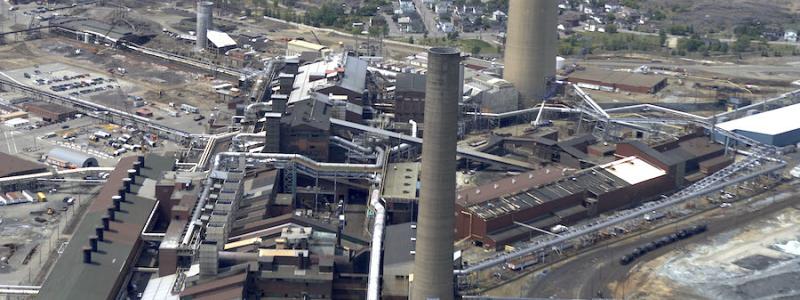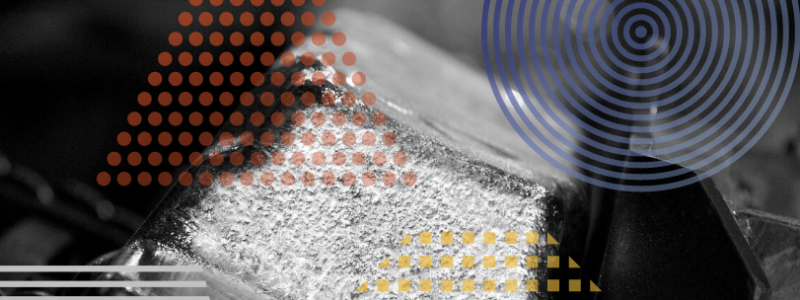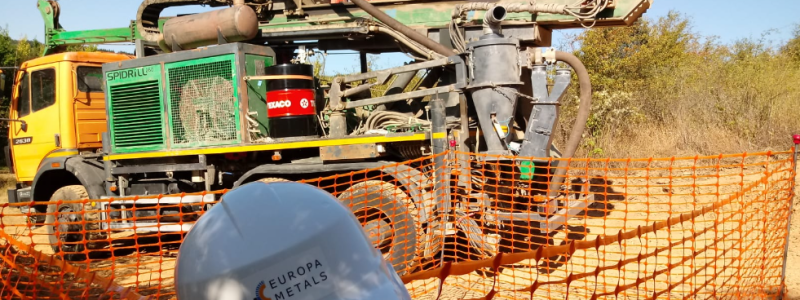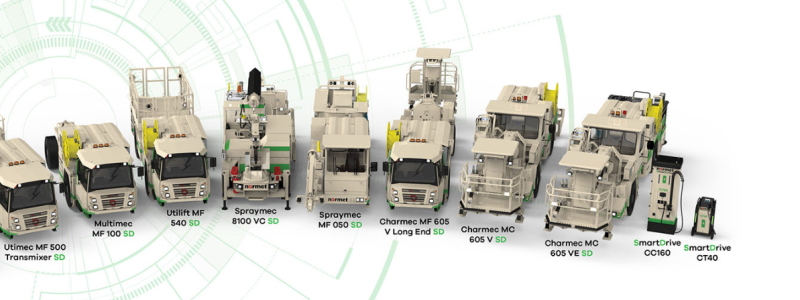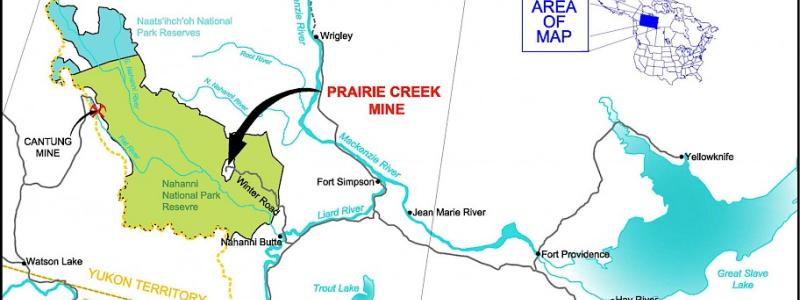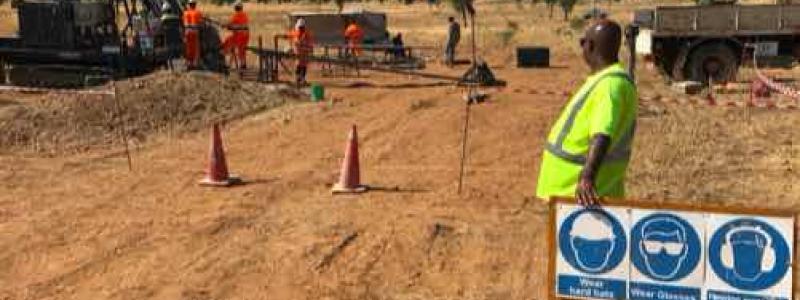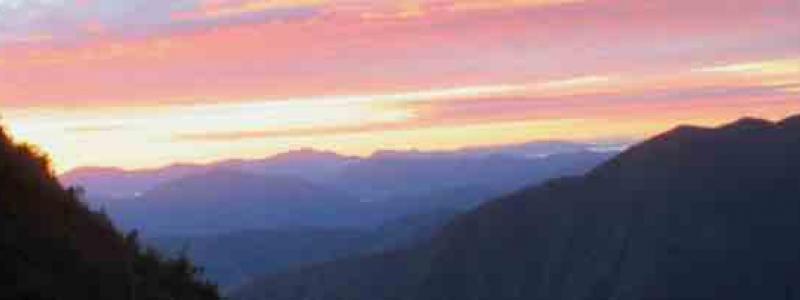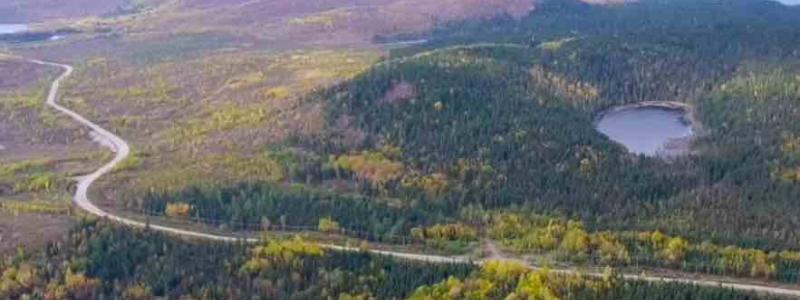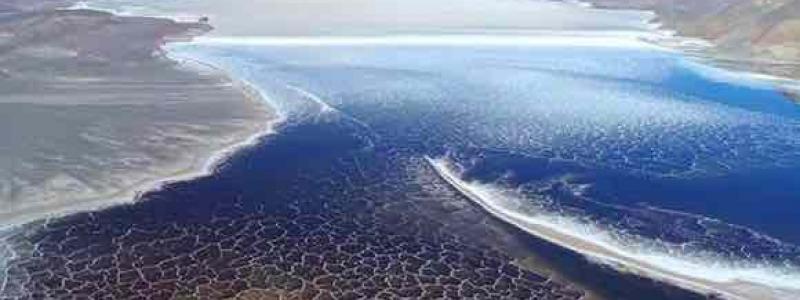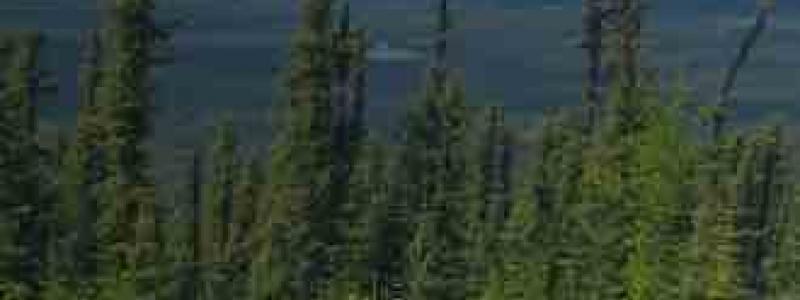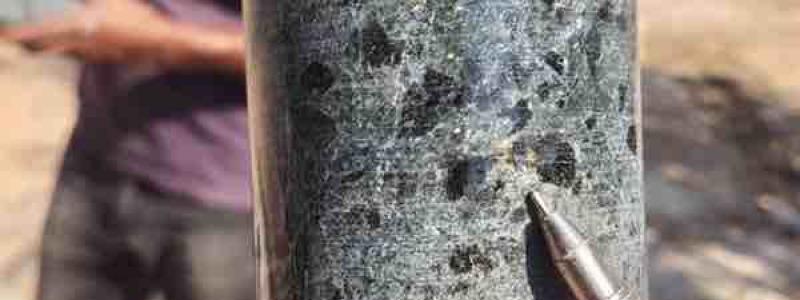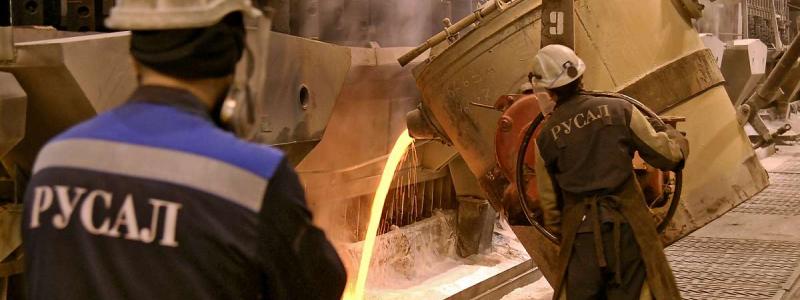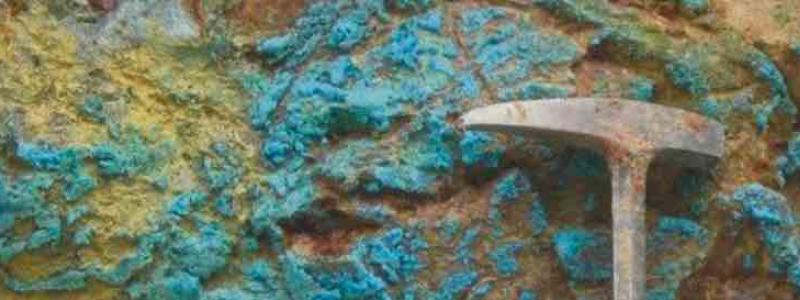Nautilus Minerals has launched the largest vessel that has so far been designed for mining on the seabed. The plant can hold 39,000 tons of ore - which is broken by 1.6 miles deep adventure robots.
Deep Sea Nautilus is designed to break gold and copper located at 1,600 meters deep outside Papua New Guinea. In April she was seized at Mawei Shipyards in China. With its 227 meters, the ship can carry 39,000 tons of ore, making it the largest of its kind.
The robots must work in near zero water and achieve a pressure 150 times higher than at the sea level. They were tested in February at 1,500 meters deep and in 2019 the break will start seriously.
At the bottom, the work is carried out by an "auxiliary cutter". The robot runs a track for a "bulk cutter" whose big drum is pulling up the mineral-rich bottom. A third robot sucks and pulverizes the material. It is mixed with sea water and the mud similar to wet cement is sent to the surface vessel. There you pump out the water and all particles larger than 0.008 millimetres. The load is then transferred to the buyer's ship.
China's main focus on the deep-sea breakdown
The copper worm that Canadians expect to break will be purchased by Chinese Tongling Nonferrous Metals Group. Now China is starving at the deep-sea break. There are three own licenses in the Pacific region that will ensure the country's supply of copper and rare earth. It writes Popular Science. Is it worth the trouble? Yes - the numbers speak their clear language. Sea basins enriched by hydrothermal openings not only have huge deposits, they also hold a much higher percentage of metal than mines on land.
According to measurements made by Nautilus Minerals at Solwara 1, the deployment in the Bay of Bismarck off Papua New Guinea has a share of seven percent copper - compared to the 0.6 percent that is sufficient for conventional mining. The share of gold is 20 grams per tonne, with an average of six grams per tonne on land.
Read more: The secret buggies of the Barbaros are increasingly advanced
But it is far from anyone who is satisfied with the deep-sea break. Among other things, Greenpeace has addressed criticism of Solwara 1. And a dissertation in the Environmental Law Review generally warns about breaking around hydrothermal openings that support unique ecosystems.

